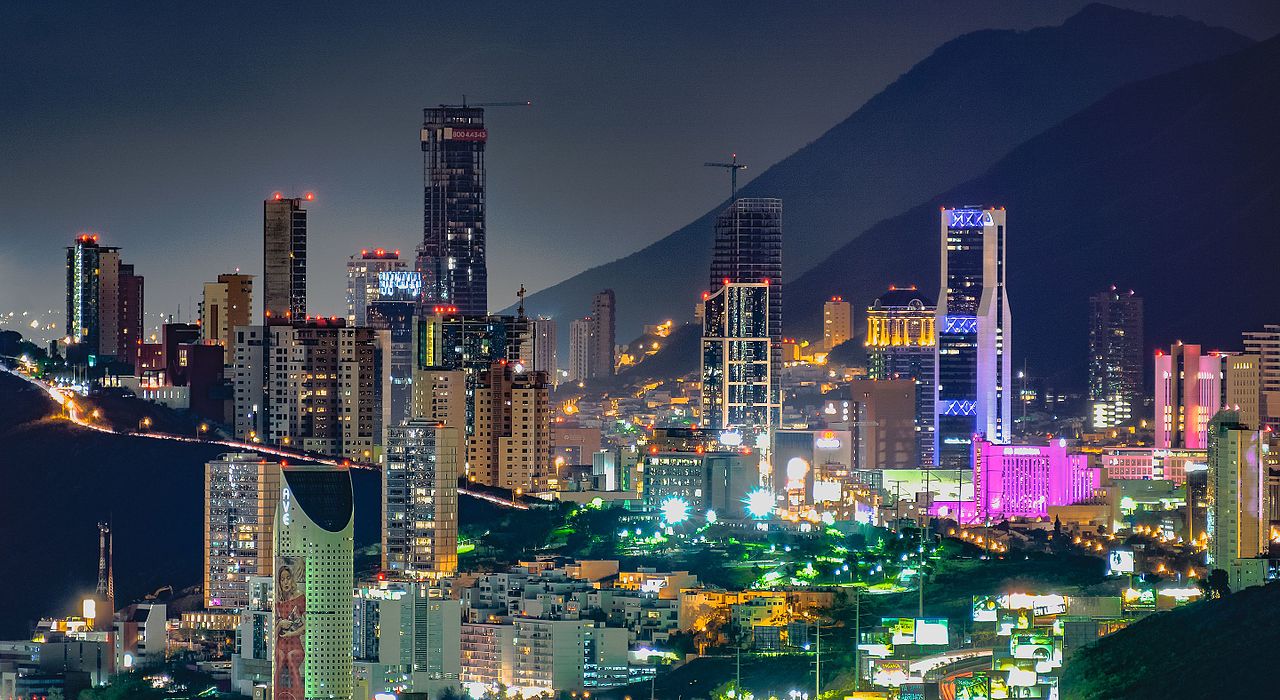Where does the entrepreneurial spirit of Monterrey comes from?

110 Miles from the border with Texas, Monterrey, from its origins, was outlined to be a city unlike any other in Mexico. Its location has always given it a unique character, located at the foot of the Sierra Madre Oriental (Oriental Mother Mountain Range), far from the center of the country. It remained somewhat distant to the political, economic and cultural life of the nation, both in times of la Nueva España (New Spain) as well as in the first decades of Mexico being independent.
Monterrey did not emerge on the first try to become a city, opposed to other cities of the world that have developed in a consistent growth from the start.
It had two attempts at creation with population establishments that failed in the first years. The first one was called Valle de Santa Lucía (Saint Lucía Valley) and was founded in 1577. The second was called San Luis Rey de Francia (Saint Louis King of France)and was founded in 1582. It was not until September 20, 1596, 75 years after the arrival of the Spanish in Mexican territory, that the definitive foundation of Monterrey took place. It was given under the name of Ciudad Metropolitana de Nuestra Señora de Monterrey (Metropolitan City of our Lady of Monterrey) with a total of 34 habitants.
The city development was interrupted with the intervention of USA in Mexico in 1846. The battle lasted several days and was fought in the territory of the small city. 250 years had to pass from its creation.
As a result of being a territory with proximity to the US border, arrival of the railroad, population and economic growth began mainly in the 1860s, driven mainly by the cotton export route that subsequently gave rise to the emergence of factories such as beer, glass, and steel among others.
Finally, until the end of the 19th century, Monterrey formed its industrial vocation with local and foreign capital and thanks to state government protection, which created laws that allowed investors to reduce expenses. Of the 3,000 inhabitants that there were in 1754 in the city of Monterrey, 150 years after it was founded; in 1940, it had 200 thousand inhabitants, and in 1995 with 3 million.
The industrial and population growth in the 20th Century gave a mayor impulse to it´s development. Monterrey was one of the most favored cities in the country, due to the industrialization policy via import substitution. Steel, cement, glass, and beer were key industries for the exponential development of the city.
Today, the metropolitan city of Monterrey is made up of 12 municipalities and more than 4.5 million inhabitants. It’s Mexico’s second largest economy (third population wise) and Latin America’s 9th largest economy.
